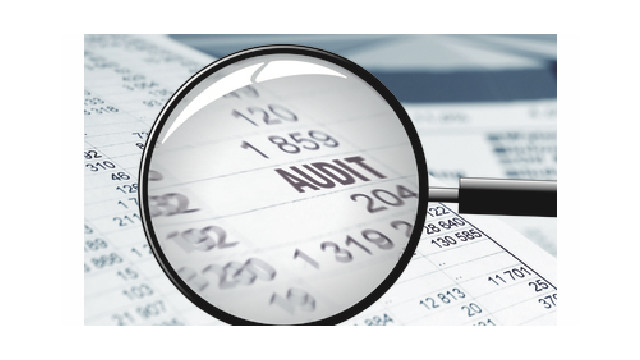Accounting
AICPA Proposes New Standard to Help Auditors Assess the Risks of Material Misstatement
The proposed SAS is based on the International Standard on Auditing 315, Identifying and Assessing the Risks of Material Misstatement. The overall objectives of this proposed SAS are...
Aug. 31, 2020

The American Institute of CPAs (AICPA) Auditing Standards Board (ASB) has issued an exposure draft of Proposed Statement on Auditing Standards (SAS) Understanding the Entity and Its Environment and Assessing the Risks of Material Misstatement to supersede SAS No. 122, as amended, section 315 of the same title, and amend various AU-C sections in AICPA Professional Standards.
“The way business is conducted and the manner in which entities record, process and summarize financial information has evolved rapidly,” said Bob Dohrer, CPA, CGMA, AICPA Chief Auditor. “This evolution affects the auditor’s assessment of the risks of material misstatement. This proposed SAS, which reflects this ongoing transformation, improves audit quality by enhancing the auditor’s process for identifying and responding to the risks of material misstatement in an entity’s financial statements.”
The proposed SAS is based on the International Standard on Auditing 315, Identifying and Assessing the Risks of Material Misstatement. The overall objectives of this proposed SAS are:
- To enhance the requirements and guidance on identifying and assessing the risks of material misstatement, in particular the guidance that addresses the entity’s system of internal control and information technology (IT).
- Revise the definition of significant risks. The current definition focuses on risks that require special audit considerations. The revised definition focuses on where those risks lie on the spectrum of inherent risk and it includes new guidance intended to enhance an auditor’s professional skepticism.
Interested parties are encouraged to submit their feedback to the ASB at CommentLetters@aicpa-cima.com by November 25, 2020.
